ZigBee, EnOcean collaborate to combine benefits of energy harvesting wireless with ZigBee 3.0
The ZigBee Alliance and the EnOcean Alliance announced they will cooperate on combining benefits of EnOcean's energy harvesting wireless solutions with ZigBee 3.0 for worldwide applications to connect the two alliances’ advantages, synergies and track record of standards advancements. This collaboration will help create an open, global specification to extend energy harvesting wireless communication to a broader range of self-powered Internet of Things (IoT) sensor solutions.
These solutions use the surrounding environment as their energy source, making battery-less connected devices a reality.
The ZigBee Alliance is a nonprofit association of organizations creating open, global standards that define the IoT for use in consumer, commercial and industrial applications. The EnOcean Alliance is a consortium for battery-less, wireless smart buildings and smart homes.
“We are very excited that the EnOcean Alliance is bringing its energy harvesting expertise and widely deployed device profiles into the ZigBee 3.0 ecosystem,” said Tobin Richardson, president and CEO of the ZigBee Alliance. “Our goal with ZigBee 3.0 is to provide a unifying IoT standard that simplifies product development while reducing industry fragmentation and unlocking new market growth opportunities. This agreement with the EnOcean Alliance is a first important step down that path. A jointly developed specification for the ZigBee 3.0 ecosystem will bring the promise of interoperable self-powered IoT solutions to more markets and applications, meeting growing demand for plug-and-play solutions that can deliver seamless, ultra-low-power battery-less communication.”
Also read: Your guide to the Industrial Internet of Things
This technical cooperation agreement will build on the EnOcean Alliance’s position with more than 1,500 interoperable products available for home and commercial building automation, and bring energy harvesting wireless communication to more applications in the IoT and consumer arenas. It will also take advantage of the newly-ratified ZigBee 3.0 standard, which enables battery-less devices to securely join networks across a variety of energy harvesting applications.
As a result, the industry will have new opportunities for creating intelligently connected buildings and developing other solutions across a variety of applications, according to ZigBee. The collaboration is also designed to provide a foundation to seamlessly bring data to the IoT frameworks of other industry initiatives, in order to facilitate interoperable communication from the sensor to the cloud.
“This is a major next step on the way to an interoperable IoT, from two industry-leading organizations combining their expertise and influence to help make this vision a reality,” said Graham Martin, chairman of the EnOcean Alliance. “The globally available 2.4 GHz frequency is the key to the consumer market. We look forward to working with the ZigBee Alliance, one of the most experienced organizations in this field, to define the technical specifications for worldwide energy harvesting wireless solutions based on this worldwide standard.”
A Technical Task Force will be built of ZigBee Alliance and EnOcean Alliance representatives to define the technical specifications required to combine standardized EnOcean Equipment Profiles (EEPs) with the ZigBee 3.0 solution, which operates in the worldwide IEEE 802.15.4 2.4 GHz standard.
The alliances plan to complete definition of this technical specification and share details of associated collaborative marketing and business activities in the second quarter of 2016.
